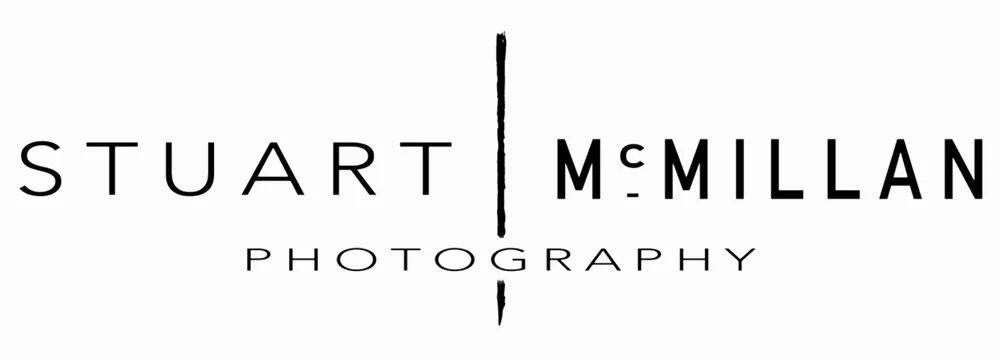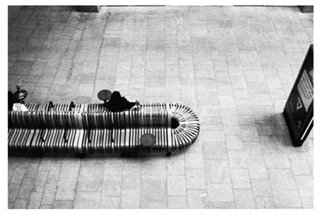Embracing the No-Sky Challenge
In the vast realm of photography, it might seem strange to intentionally impose creative restrictions. However, sometimes limitations can be a catalyst for unleashing boundless artistic expression and pushing your creative boundaries. A perfect example of this is the practice of excluding the sky from landscape photographs. By willingly embracing this restriction, you can tap into a range of unique benefits and create captivating visuals that leave a lasting impression. In this blog post, we'll delve into the positives and advantages of restricting yourself in photography, using the example of shooting a roll of film without including the sky.
Fostering Creativity:
Limiting yourself in photography compels you to explore beyond the obvious and discover new ways to capture a scene. When I chose to exclude the sky from my landscape compositions in the below images, I was challenged to shift focus to other elements like foreground details, textures, or the interplay of light and shadows. This limitation encouraged experimentation with different perspectives, compositions, and techniques, leading to fresh and innovative outcomes.
By deliberately leaving out the sky, you create an intimate and focused atmosphere within the landscape. The absence of the sky draws the viewer deeper into the scene, directing their attention to the remaining elements. This intensifies the emotional impact, establishing a stronger connection between the audience and the subject matter, while highlighting the inherent beauty of the land itself.
Restricting my photographs from including the sky encouraged simplicity in the compositions. By removing a vast expanse of potentially featureless space, I was left with a more concentrated and distilled image. This simplification enhances the visual impact, emphasizing the essential elements and creating a sense of visual harmony.
Restricting yourself in photography, like excluding the sky from landscape compositions, may initially seem counterintuitive, but it holds tremendous creative potential. Embracing limitations allows you to foster creativity, create visually impactful images, and simplify and distil your compositions. So, challenge yourself, embrace restrictions, and explore the incredible possibilities waiting to be discovered within the art of limitation in photography. Remember, sometimes less truly is more.











